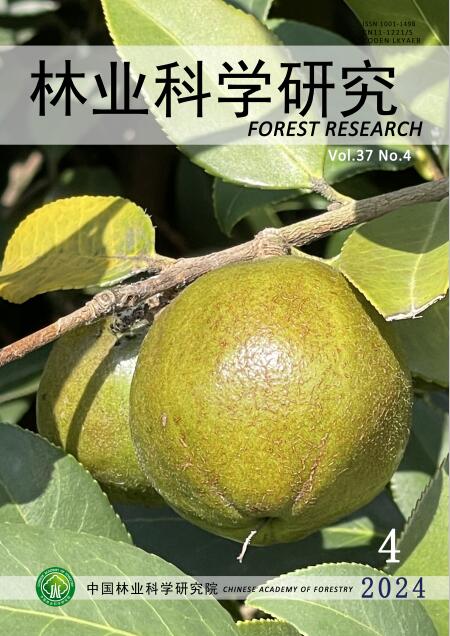荷兰地面燃料模型的初步发展
Q4 Agricultural and Biological Sciences
引用次数: 3
摘要
估计野火的蔓延在荷兰越来越受到关注,在荷兰,野火和城市交界的火灾事件越来越受到气候变化的关注。一项为期多年的项目于2012年启动,旨在获得基于现场的燃料测量数据,用于估算地表火灾的野火蔓延。总的目标是开发定制燃料模型或利用现有的北美燃料模型来为荷兰一些危险植被提供燃料。在四年的时间里,建立了96个地块,测量了各种各样的燃料参数,并使用方差分析(p≤0.1)和邓肯MRT将这些数据放入56个不同的植被群落中。经过Behaveplus的多次排列,56个社区被整合到28个不同的燃料模型中。然后试图将这些燃料模型作为荷兰开发的野火蔓延模型的输入变量。一些燃料模型产生了类似的火灾蔓延,由于它们在相对相似的社区中,因此将它们组合在一起,产生了21个有效的燃料模型。该项目的结果将为土地管理者、消防队和土地所有者提供更准确的野火蔓延估计,提高这个人口稠密国家的公众安全。该项目的结果将有助于更准确和详细地计算NBVM(荷兰野火蔓延模型)。NBVM将提供必要的信息,通过野火预防措施和事件期间,能够降低无法控制的野火的风险,以支持决策。本文章由计算机程序翻译,如有差异,请以英文原文为准。
Initial Development of Surface Fuel Models for The Netherlands
Estimating the spread of wildland fire is growing concern in the Netherlands, where fire events at the wildland urban interface is a growing concern with a changing climate. A multi-year project was initiated in 2012 to obtain field-based fuel measurements to be used to estimate wildland fire spread for surface fire. The overall objective was to develop either custom fuel models or utilize existing Northern American fuel models to fuel conditions in some of the hazardous vegetation in the Netherlands. Over a four-year period, 96 plots were established, a wide variety of fuel parameters measured, and ANOVA (p ≤ 0.1) and Duncan’s MRT used to place these into 56 different vegetation communities. Following multiple permutations in Behaveplus, the 56 communities were consolidated into 28 different fuel models. It was then attempted to use these fuel models as input variables in a Dutch-developed wildland fire spread model. Some fuel models produced similar fire spread, and since they were within relatively similar communities, were combined, resulting in 21 working fuel models. The results of this project will provide land managers, fire brigades and landowners more accurate wildland fire spread estimations, improving safety of the public in this densely populated country. The results of this project will contribute to more accurate and detailed calculations of the NBVM (Dutch wildfire spreadmodel). The NBVM will provide necessary information, to be able to reduce the risk on uncontrollable wildfires, via wildfire prevention measurements and during an incident, to support decision making.
求助全文
通过发布文献求助,成功后即可免费获取论文全文。
去求助
来源期刊

林业科学研究
Environmental Science-Ecology
CiteScore
0.90
自引率
0.00%
发文量
4834
期刊介绍:
Forestry Research is a comprehensive academic journal of forestry science organized by the Chinese Academy of Forestry. The main task is to reflect the latest research results, academic papers and research reports, scientific and technological developments and information on forestry science mainly organized by the Chinese Academy of Forestry, to promote academic exchanges at home and abroad, to carry out academic discussions, to flourish forestry science, and to better serve China's forestry construction.
The main contents are: forest seeds, seedling afforestation, forest plants, forest genetic breeding, tree physiology and biochemistry, forest insects, resource insects, forest pathology, forest microorganisms, forest birds and animals, forest soil, forest ecology, forest management, forest manager, forestry remote sensing, forestry biotechnology and other new technologies, new methods, and to increase the development strategy of forestry, the trend of development of disciplines, technology policies and strategies, etc., and to increase the forestry development strategy, the trend of development of disciplines, technology policies and strategies. It is suitable for scientists and technicians of forestry and related disciplines, teachers and students of colleges and universities, leaders and managers, and grassroots forestry workers.
 求助内容:
求助内容: 应助结果提醒方式:
应助结果提醒方式:


